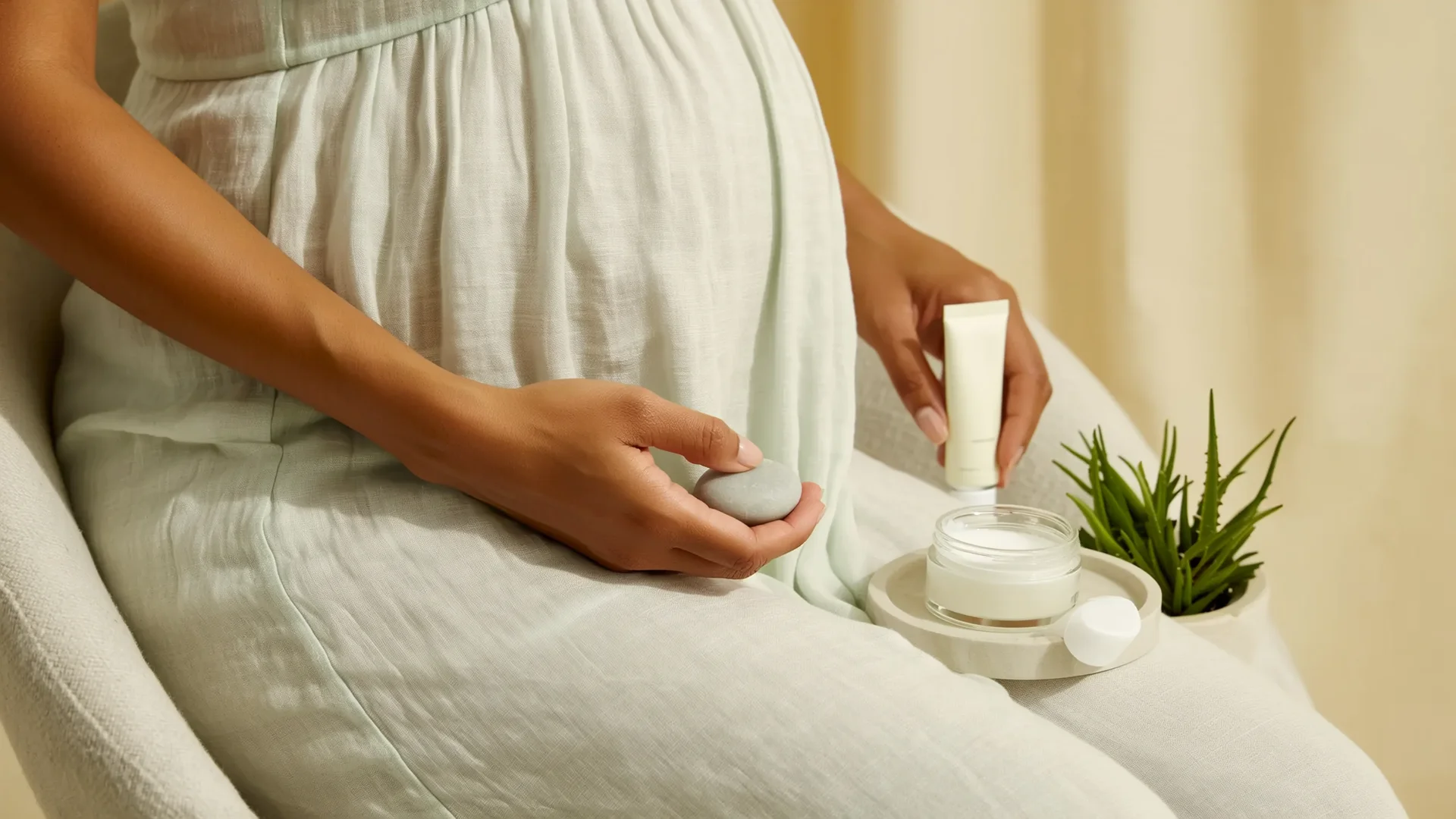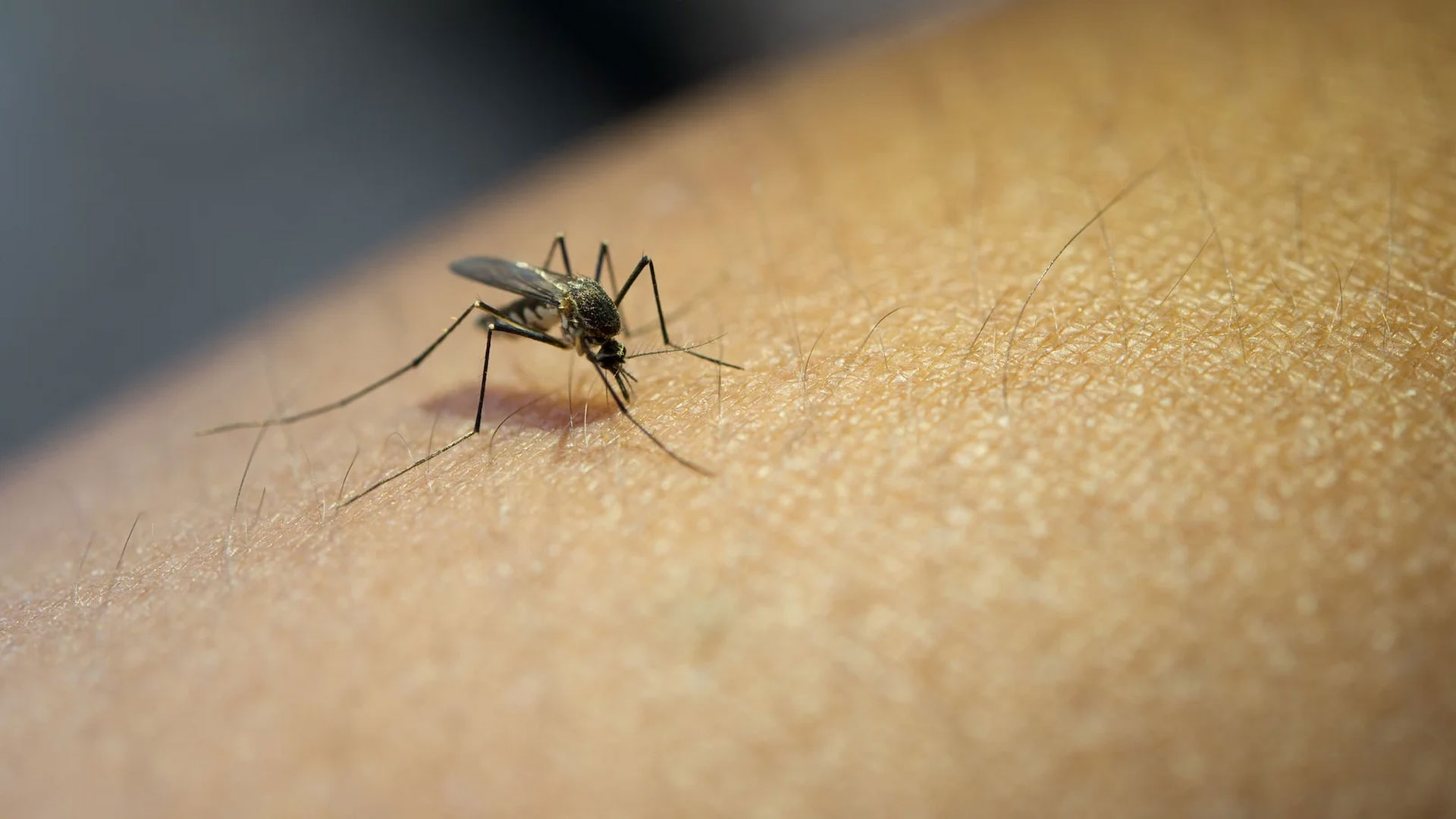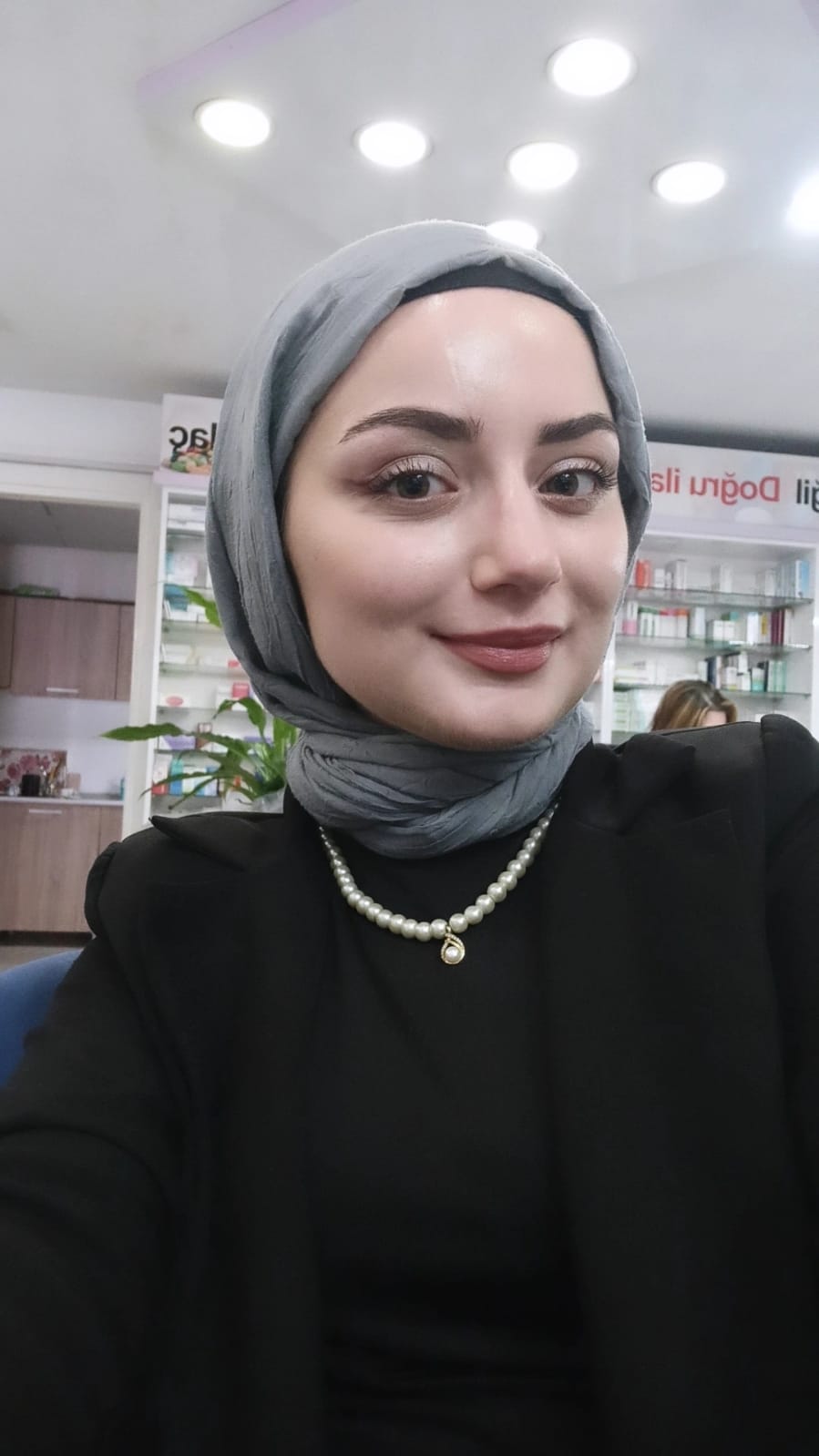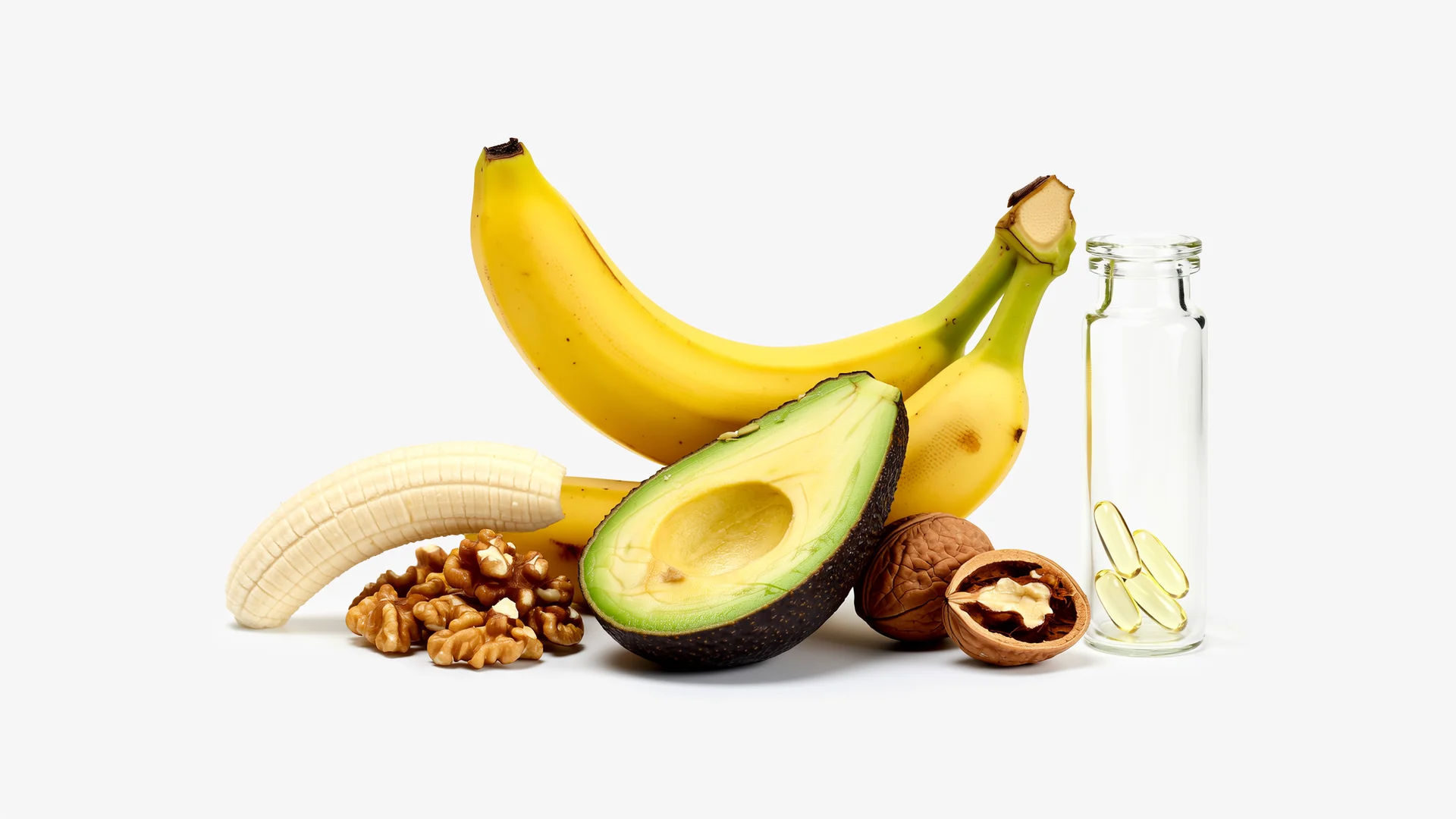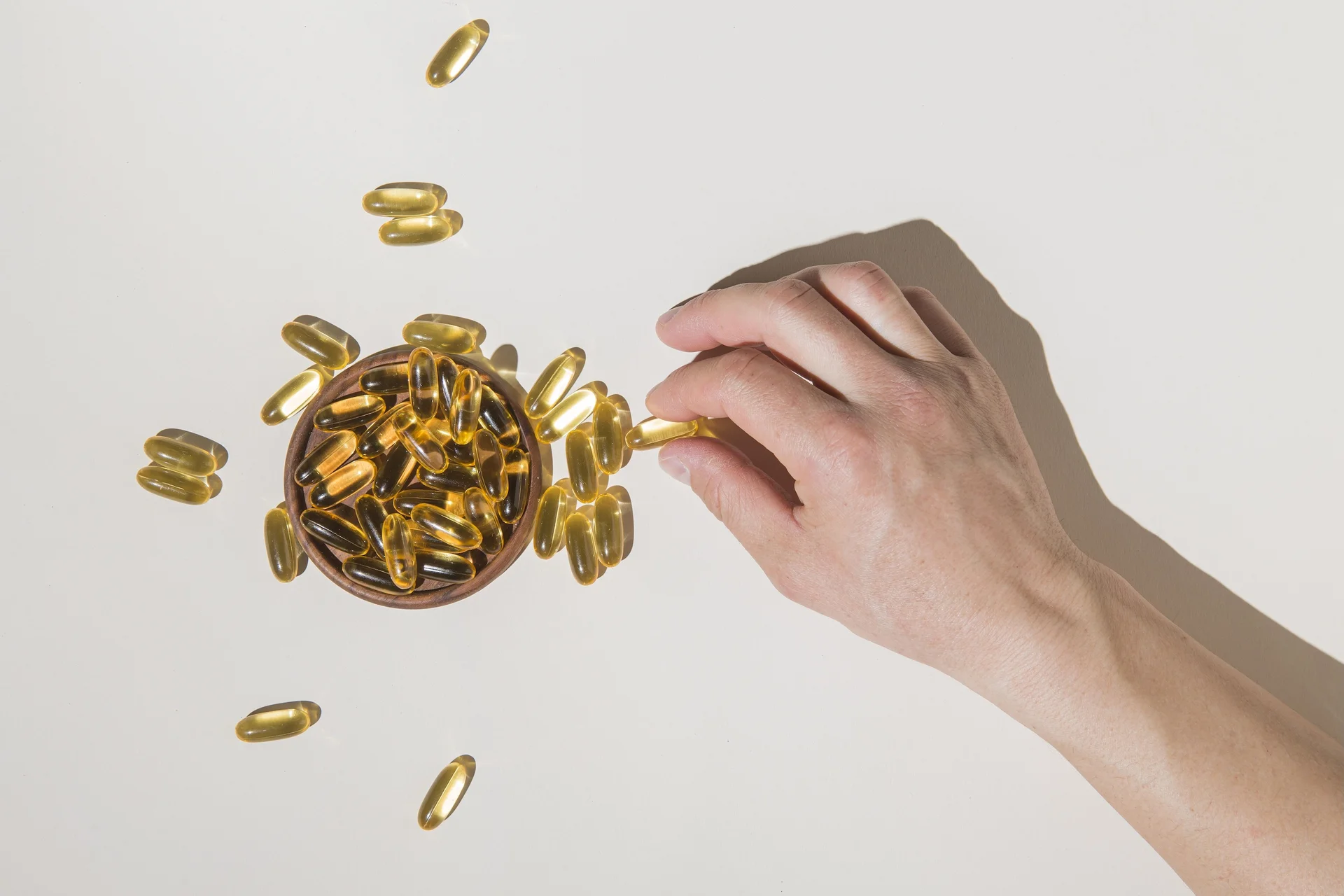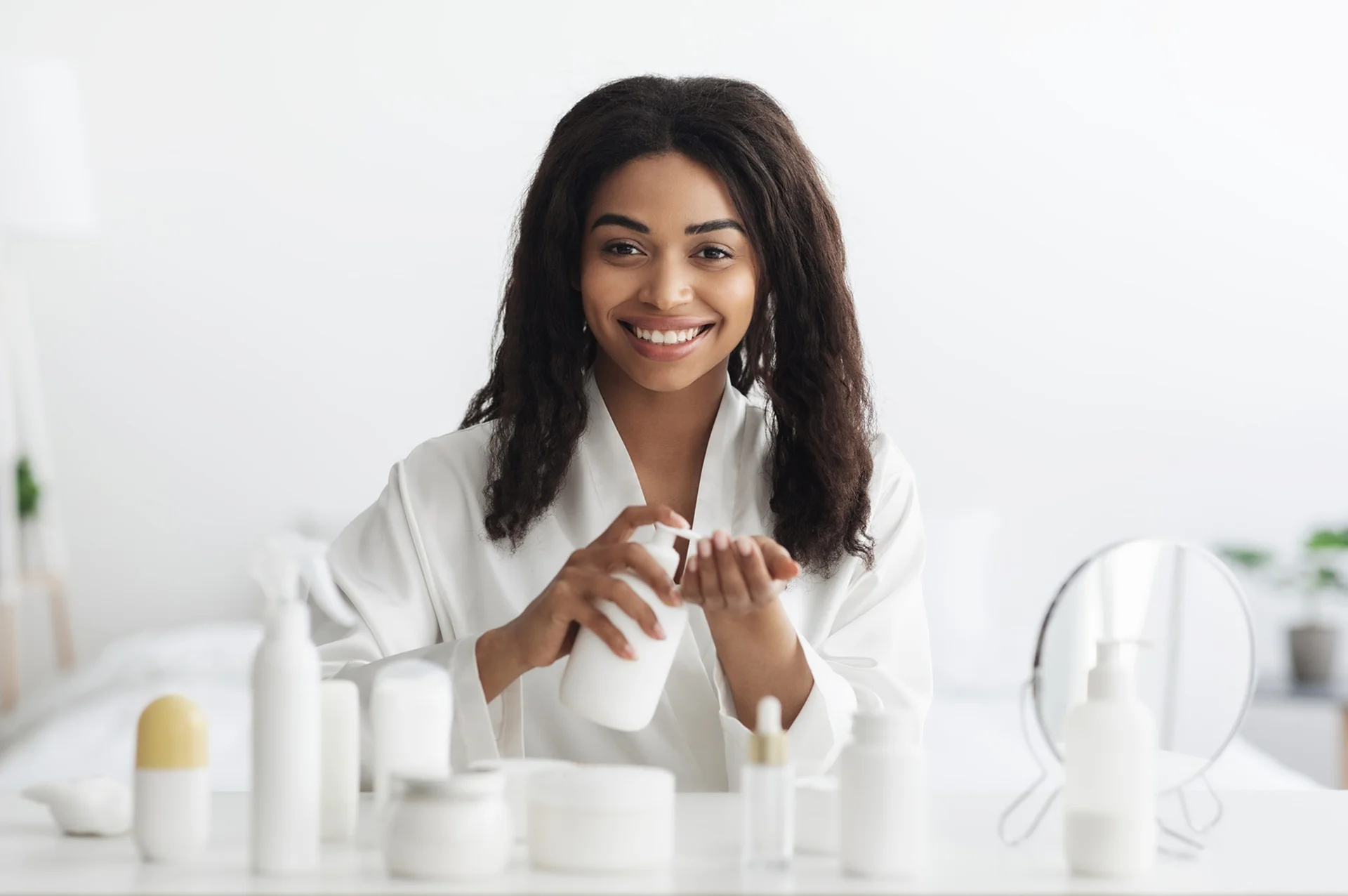
Skin care is a practice that generally has a positive effect on the skin by improving the health and appearance of the skin. With skin care, we protect our skin against external factors and can minimize the signs of aging. By doing regular skin care, the elasticity of the skin can be increased and a healthier appearance can be achieved. In medical skin care, dermocosmetic products that nourish the skin are applied by experts with some special equipment. In addition to these procedures performed in professional places, it is also possible to create a daily, weekly and monthly skin care routine at home.
The cornerstones of skin care consist of gently cleansing, moisturizing and sun protection steps. Optimum benefit from basic skin care is achieved by using the right products and methods suitable for the skin type.
1. Dry Skin
Dry skin is a skin type with low moisture levels and is often characterized by a feeling of tightness. It can be sensitive and more vulnerable to environmental factors.
- The skin surface may appear dull and flaky, and it can look lifeless.
- A feeling of tightness is commonly experienced, especially after showering or in cold weather.
- Redness, irritation, and cracking may occur due to dryness.
2. Combination Skin
Combination skin is oily in the T-zone (forehead, nose, chin) and dry or normal in the cheeks. This skin type combines both dry and oily skin characteristics.
- Excessive shine and oiliness in the T-zone (forehead, nose, chin).
- Dry, flaky or normal feeling on the cheeks.
- Prone to blackheads and acne, but dryness on the cheeks.
3.Oily Skin
Oily skin usually produces excess sebum, which can cause shine and roughness on the skin.
- Shine on areas such as the forehead, nose, chin (T-zone).
- Oily feeling and appearance on the skin.
- Prone to blackheads and acne.
- Skin surface can often appear rough and thick.
4. Sensitive Skin
Sensitive skin can easily react to environmental factors, skin products or temperature changes. The skin may react with symptoms such as redness, itching or irritation.
- Frequent redness, burning or itching on the skin.
- Extreme sensitivity to environmental factors (e.g. cold weather, hot water, new products).
- A feeling of dryness, flaking or tightness.
- Irritation or dryness on the skin, sometimes reactions such as acne or rashes may be observed.
The purpose of skin care is to cleanse, moisturize and protect the skin from the sun. A simple skin care routine at home can be done as follows:
1.Cleansing
- Cleansing the skin of accumulated dirt, oil, and makeup residue is very important for maintaining the skin’s normal function.
- Use a cleanser that is suitable for your skin type twice a day, morning and evening.
- Choose gel or foam cleansers for oily skin, and cream or milk cleansers for dry skin.
2.Applying toner
- To balance the pH of the skin and tighten pores, apply toner after the cleansing phase.
- Apply toner that is suitable for your skin type with a cotton pad or your hand after cleansing.
- Use purifying toners for oily and acne-prone skin, and moisturizing toners for dry skin.
3.Using serums
- Various serums can be used to provide intensive care for skin problems.
- Choose the appropriate serum according to your skin needs (moisturizing, spot removal, anti-wrinkle, etc.)
- Massage a few drops of serum onto clean skin.
4.Moisturizing
- Moisturizer should be used morning and evening to maintain the skin’s moisture balance and skin barrier.
- Use a moisturizer that suits your skin type.
- Choose light, water-based moisturizers for oily skin; choose creams with a thick formula for dry skin.
5.Sunscreen (in your daytime routine)
- Sunscreen should not be skipped during the day to protect your skin from the sun’s harmful UV rays.
- Apply a sunscreen with at least SPF 30 after moisturizing in your morning routine.
- Reapply sunscreen every 2-3 hours during the day.
6.Weekly additional care (optional)
- Peeling: Use 1-2 times a week to remove dead skin.
- Mask: Apply moisturizing or purifying masks according to your skin needs.
- A skin care routine can be applied daily, weekly and monthly.
- A basic daily skin care routine consists of cleansing, moisturizing and sun protection steps.
- A weekly skin care routine consists of peeling and mask applications according to the needs of the skin. Peels and masks deeply cleanse the skin and open the pores.
- On a monthly basis, a general skin analysis is performed and special products and professional care may be needed for the routine. These procedures are professional medical procedures, so they are performed by experts in special clinics.
- When creating a skin care routine, in addition to daily basic care, active ingredients, skin serums, peelings and masks can be added to this routine according to the condition of the skin. For example, if there is hyperpigmentation on the skin, it would be wise to add anti-blemish actives to the routine in addition to the basic skin care routine. In addition to serums with active ingredients suitable for spots, the use of anti-spot moisturizers and sunscreens will also result in maximum efficiency in the minimum time for the effect we will get from our anti-spot skin care routine. A rational skin care routine can be implemented using such tips.
Dry Skin: Dry skin should be cared for with products that have intensive and non-comedogenic content. Dry skin and dehydrated skin are different; dry skin is a genetic condition and does not change. Serums and creams containing ceramide, peptide and hyaluronic acid should be used to support the skin barrier. Choosing a washing gel and moisturizer that does not dry the skin and does not create a feeling of tightness is of great importance. People with dry skin should use active ingredients in appropriate amounts and at regular intervals to maintain the fullness and elasticity of the skin.
Combination Skin: A simple care routine can be created for combination skin type. Water-based moisturizers should be preferred in the moisturizing step; separate moisturizers can be used for the T zone (oily areas) and cheeks (dry areas). Sunscreen should be selected in an oil-free form and should be applied regularly every day. Peeling can be done once or twice a week to cleanse the skin of dead skin.
Oily Skin: For oily skin, ingredients that will balance sebum and control excess oil should be used. Pores may be more visible in oily skin, so active ingredients that help shrink pores should be included in the routine. To get rid of the oily appearance, matte-finished, anti-shine and oil-free products should be preferred.
Sensitive Skin: Sensitive skin type can react to many products, so products that are suitable for sensitive skin and support the skin barrier should be used. Moisturizing and sunscreen products that are anti-sensitivity and anti-redness should be added to the routine. Thermal water can also be used as a skin soother after daily care.
1.For Oily and Acne-Prone Skin
- Salicylic Acid (BHA): Cleanses pores, reduces blackheads and acne formation.
- Niacinamide (B3 Vitamin): Reduces shine and oiliness by balancing sebum production.
- Tea Tree Oil: Prevents acne formation by showing antibacterial properties.
- Azelaic Acid: Evens out skin tone, soothes acne and redness.
2.For Dry and Dehydrated Skin
- Hyaluronic Acid: Provides deep moisture, plumps the skin.
- Glycerin: Increases the skin’s moisture retention capacity.
- Ceramides: Strengthens the skin barrier, prevents moisture loss.
- Urea: Provides a moisturizing and soothing effect.
3.For Sensitive and Reddened Skin
- Panthenol (Vitamin B5): Provides a soothing and restorative effect.
- Allantoin: Calms the skin and reduces irritation.
- Azelaic Acid: Relieves redness and evens out skin tone.
- Centella Asiatica (Gotu Kola): Supports skin renewal and reduces inflammation.
4.For Mature and Fine-Wrinkles Skin
- Retinoids (Retinol, Retinal): Increases collagen production, reduces wrinkles.i
- Peptides: Increases skin elasticity, provides tightening.
- Vitamin C: Has an antioxidant effect, increases collagen production.
5.For Skin with Blemishes and Uneven Skin Tone
- Vitamin C (Ascorbic Acid): Lightens the appearance of blemishes, provides a brightening effect.
- Arbutin: Reduces hyperpigmentation by suppressing melanin production.
- Tranexamic Acid: Reduces sun spots and redness.
- Niacinamide: Eliminates color tone inequality.
- Thiamidol: Lightens the appearance of blemishes by reducing melanin production in the skin.
1.”Antioxidants in Dermatology” Flavia Alvim Sant’anna Addor .,2017.
2️.”Challenges and Real‐World Solutions for Adoption of Holistic Skincare Routine (Cleansing, Treatment, Moisturization, and Photoprotection) in Acne, Rosacea, Atopic Dermatitis, and Sensitive Skin: An Expert Consensus” Goh, C.L., et al., 2024.
3️. “Cosmeceuticals for Hyperpigmentation: What is Available?”Sarkar et al.,2013.
4️. “Expert Consensus on Holistic Skin Care Routine: Focus on Acne, Rosacea, Atopic Dermatitis, and Sensitive Skin Syndrome” Goh, C.L., et al., 2022. https://pubmed.ncbi.nlm.nih.gov/36409588/
5️. “Moisturizers: The Slippery Road” Sethii et al.,2016.
6️. “Skin Care Practices and the Risk of Skin Aging: A Systematic Review and Meta-Analysis”
Wong and Chew .,2021 https://pmc.ncbi.nlm.nih.gov/articles/PMC8586245/
7️. “The Effect of Pollution on Skin and Proper Cleansing”E Araviiskaia et al.,2019
8️. “Does poor sleep quality affect skin ageing? “P Oyetakin-White et al.”. 2015
9️. “Retinol: The Ideal Retinoid for Cosmetic Solutions “Patricia Farris.,2022..
10.”The Roles of Vitamin C in Skin Health “Juliet M Pullar et al.,2017.
11.”The multiple uses of azelaic acid in dermatology: mechanism of action, preparations, and potential therapeutic applications”Sauer et al.,2024.
12.”Sunscreen lotions in the dermatological prescription: review of concepts and controversies”. Addor et al.,2022.
13.”Acne Vulgaris” Sutaria et al.,2023

